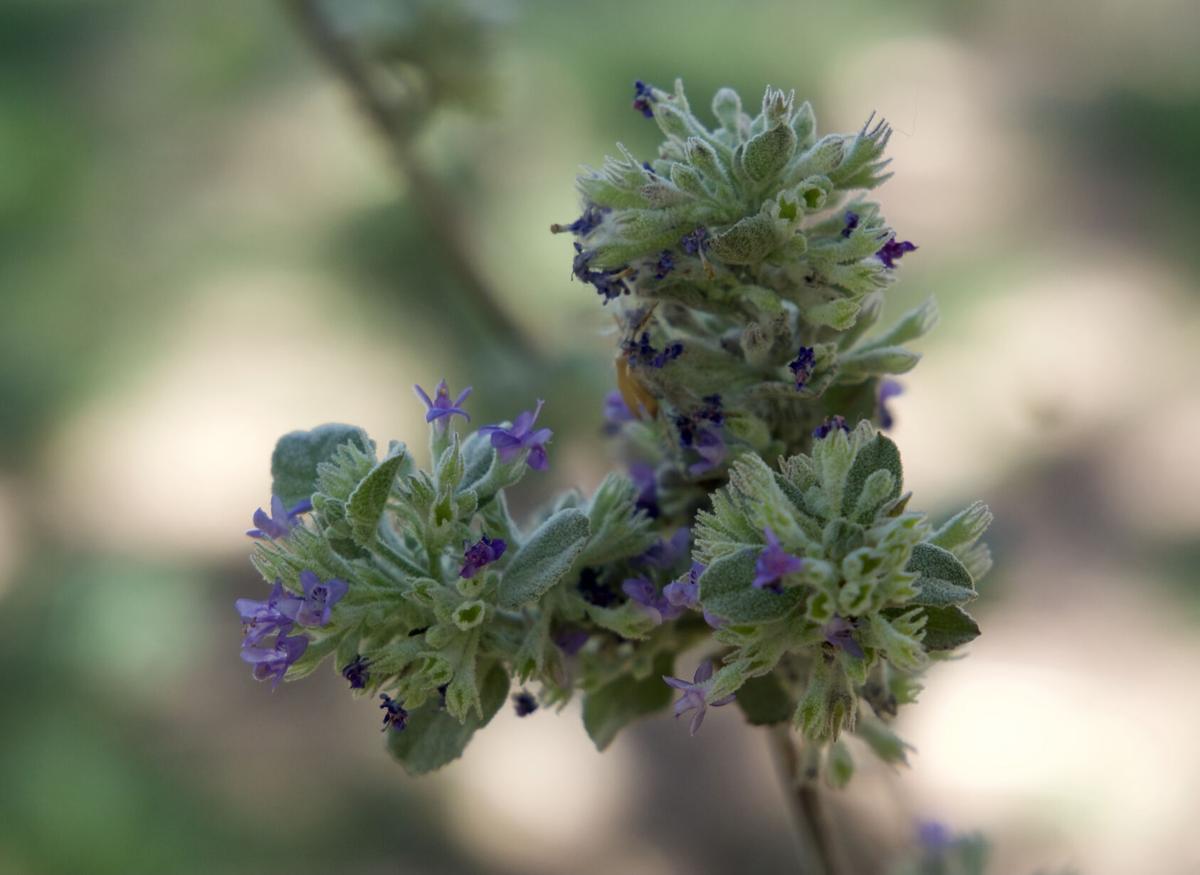Think gardening means a lot of work? It doesn’t need to be! There are a number of strategies and tools that will make your life easy. Many people who love gardening feel they can’t do it once they have physical issues such as back pain or arthritis. Others may think they don’t have enough time to spend on all of the maintenance. If you don’t have much time, have physical difficulties, or aren’t around your garden much, take a look at these tips.
Strategies
Buy small plants. You will need a smaller hole, and you won’t strain your back carrying large containers around. As an extra bonus, many large plants like trees and shrubs will actually do better when planted at a small size. And small plants are a lot cheaper, leaving you more cash to buy even more plants. If you’re impatient, choose fast-growers.
Choose plants that don’t require maintenance. This means natives, near-natives and desert-adapted plants. Many of our native plants, for instance, don’t require pruning — in fact, they will look much better if not sheared within an inch of their life. Examples include jojoba, creosote bush, desert willow, ironwood, hopbush and many others. These plants will also not require watering once established, and don’t require any soil amendments, mulch, fertilizing and various other labor-intensive inputs from you.
Use seeds. There’s nothing easier than sprinkling a few seeds around. You can choose native mixes of wildflowers and grasses and sprinkle them around your garden just before a rain. You can collect seeds from plants that are doing well in your yard and grow them out for more plants, saving you money.
Don’t amend your soil. If you choose native plants, they will be happy in almost any soil and don’t require any fertilizer. Gardening is much easier when you’re not fighting against the natural processes in your yard. If you want to improve your soil with the least amount of work, take a look at the next two tips.
Keep your organic matter in your yard. Don’t get rid of the leaves and other plant debris in your yard — just put it on top of your soil. The little soil organisms will decompose it for you and turn it into great mulch with no hard work from you.
Compost. Use your kitchen scraps to create your own compost so you don’t have to haul it from outside sources. You don’t need a big bin — just a small rotating compost bin like one of these will be enough. Keep it moist through the summer, or let it dry out if you’re gone and then reactivate it with some watering and fresh organic material.
Useful Tools
Drip irrigation kits: For basic watering needs, it’s often easier and cheaper to buy an off-the-shelf irrigation kit to install in your yard. It will take a couple of hours to set up, but once you do, your watering will be much more streamlined. You will also likely save water. These should be paired with a timer as described below.
Programmable irrigation timers: You don’t need a complicated system for watering–frequently you just need a timer connected to your drip system or even a soaker hose. For example, you can purchase a timer that will water four separate zones, each on a different schedule, from a single hose bib. This means you don’t have to worry about your watering schedule, and can go out of town with peace of mind.
Power tools. For those times when you do need to dig a hole, consider a power tool like this Bosch rotary hammer with a spade attachment like this one. It’s battery powered and cordless, weighs only 6½ pounds and you can use it to dig a hole in a couple of minutes, saving your back.
Small pick and small shovel. If you don’t like swinging a big pick over your head get a baby pick like this one. It will help you get through tough, rocky soil, but you can do it at ground level which is easier on your back and arms. Similarly, this small shovel can be used when you’re kneeling, avoiding back strain. Pair these with knee pads like this fancy one which doubles as a bench and tool storage. You can also simply use an old pillow.
Heavy-duty container stands with wheels. As the sun moves through your yard through the seasons, your container plants may suffer. Make moving them around easy by using heavy-duty container stands with rollers. There are many options out there. You want to choose ones that are nice and stable, and not too high so your pots doesn’t tip when you try to move it.
Garden boots. These boots aren't just for wet-weather gardeners. They can be helpful in keeping some of the spines and glochids away from your legs. Get nice thick ones with tall shafts and a thick sole so if you step on a spine you have some protection.
Make more plants from the ones you already have. This video shows you how to propagate your plant using cuttings. Video by Dominika Heusinkveld/Arizona Daily Star





